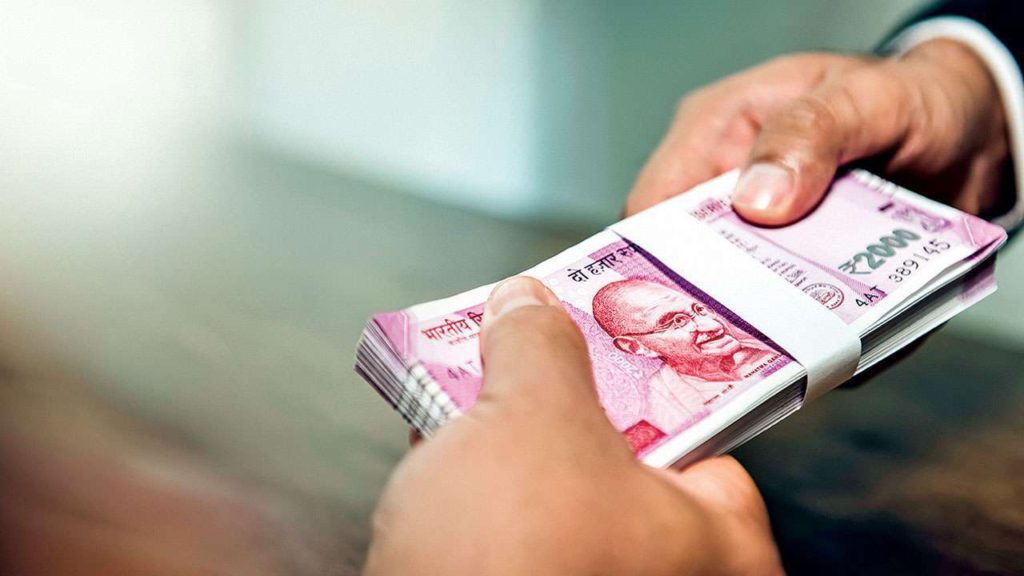Mobile apps have become an increasingly popular tool for managing personal finances and achieving financial wellness. These apps offer a range of features and benefits, including budgeting tools, investment tracking, and financial education resources. However, as with any financial tool, there are also potential drawbacks and limitations to consider.
One of the biggest benefits of using mobile apps for financial management is their convenience and accessibility. With a smartphone, you can access your financial information, track your spending, and make transactions from anywhere, at any time. This makes it easy to stay on top of your finances, even when you’re on the go. Some apps also offer alerts and notifications to help you stay on top of important financial events, such as bills due, account balances, and investment performance.
Another advantage of mobile apps is that they can help you to automate your financial management. Many apps allow you to set up recurring transactions, such as savings contributions and bill payments, which can help you to stay on track with your financial goals. This automation can also help to eliminate the need for manual data entry and reduce the risk of errors.
Mobile apps also offer a wide range of financial education resources, such as tutorials, articles, and videos. These resources can help you to improve your financial literacy, understand complex financial concepts, and make better-informed financial decisions.
However, there are also some potential drawbacks to using mobile apps for financial management. One is the security concerns, as with any digital platform, there is a risk of hacking or data breaches, which can compromise your personal information. Another downside is that, while these apps can be useful, they can not provide the same level of personalization, planning and holistic advice that a qualified professional financial advisor can provide.
Another limitation of mobile apps is that they are not always designed to meet the specific needs of every individual. For example, some apps may focus on budgeting and expense tracking, while others may specialize in investment management. This can make it difficult to find an app that meets all of your needs, and you may need to use multiple apps to manage all aspects of your finances.
In conclusion, mobile apps can be a valuable tool in the pursuit of financial wellness, providing convenience, accessibility, automation, and financial education resources. However, it’s important to consider the potential drawbacks such as security concerns and limitations of the apps, and it may be useful to combine their use with the guidance of a financial advisor. As always, it’s important to thoroughly research and evaluate any financial app before using it and to keep your personal information safe by using strong passwords and enabling two-factor authentication.
Here is how Smita used a mobile loan app and prudent financial advisors to get her financial life in good shape:
Smita had always been good with money. She was careful with her spending and managed to save a little each month. But when she got her first full-time job, her income increased, and she realized that she needed to take a more systematic approach to her finances.
One day while browsing the internet, she found out about various mobile apps that could help her to manage her money better. Being a tech-savvy person, she was curious and decided to give them a try.
She started by downloading a budgeting app. It was easy to use and helped her to track her income and expenses. She could categorize her spending, set budgets for different areas, and set reminders for bills and other payments. The app also provided her with a clear overview of her spending habits and helped her to identify areas where she could cut back.
Smita was also concerned about her savings, so she looked for a savings app that would make it easy for her to set and track her goals. She found an app that helped her to set up automatic savings contributions to her different accounts, and she could see her progress in real-time. With the app, she was able to see her savings grow, and it motivated her to save more.
As she got more comfortable with the budgeting and savings apps, she decided to look into investment apps. She found one that offered a range of investment options, including mutual funds and stocks. She could see the performance of her investments and make changes as needed. With the help of the app, she also learned more about investments and how they can help her to grow her money in the long term.
But the biggest takeaway for Smita was how easy it was to access all this information and make transactions, with the help of mobile apps. She no longer had to wait for a bank branch to open or rely on a computer to make a transaction. Instead, she could do it all on her mobile phone, even when she was on the go.
Over time, Smita’s finances improved, and her savings grew. She was able to reach her short-term and long-term financial goals, such as saving for a vacation, buying her first car, and even starting to invest in property.
Smita felt in control of her finances, and she was more confident in her money management skills. She learned the power of budgeting, savings, and investing, and she was able to achieve financial wellness with the help of mobile apps. She realized that mobile apps are a fantastic tool for managing personal finances, and she would continue to use them for the rest of her life.

